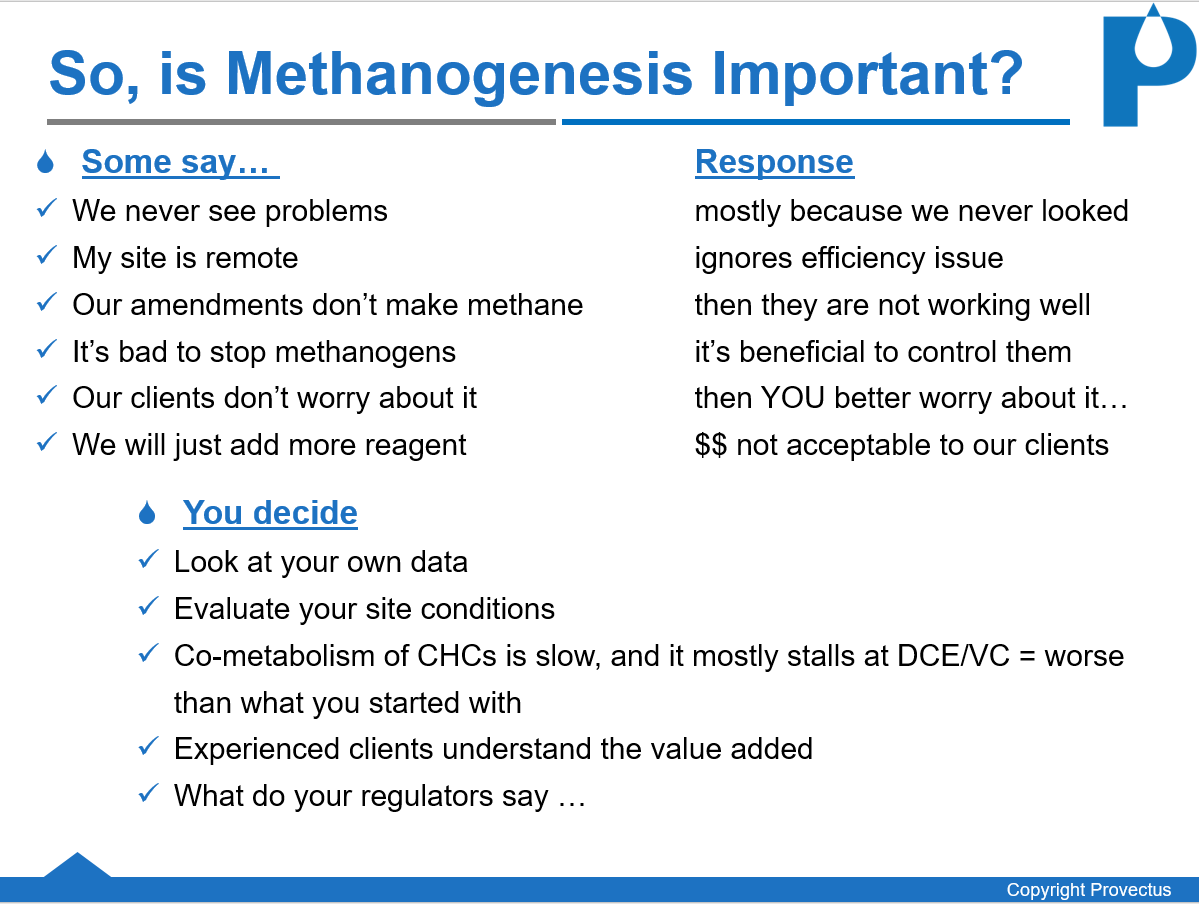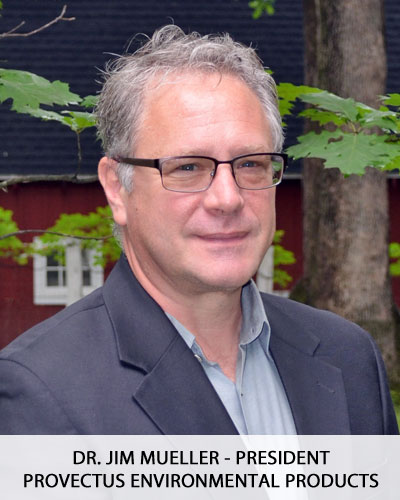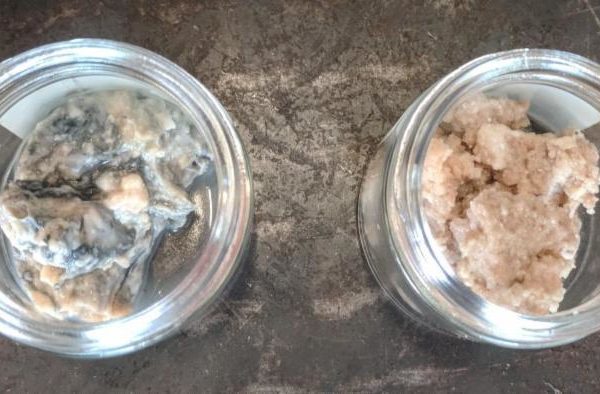Circa July 2014, Provectus introduced to our industry the concept of controlling methanogenesis during in situ remedial actions that employed conventional ERD or ISCR technologies. Since that time, we have effectively integrated our Provect-CH4® antimethanogenic reagents (AMR) into ERD-CH4®, Provect-IR®, Provect-IRM®, EZVI-CH4™, and AquaGate®-CH4™ (multiple patents issued/pending) yielding improved ( i.e., safer, more efficient, more effective, and less expensive) remedial amendments. And we have successfully applied millions of pounds of these improved products at multiple sites throughout the USA, Europe and Ocean Asia.
Based on previous experience, we knew well that the introduction of an entirely new concept and associated technologies would generate discussion and debate. While critical, most of these interactions were professional, mutually respectful, and productive. Moreover, we knew that as recognized technologists and seasoned practitioners the industry would rightfully expect from us more rigorous documentation of efficacy and proof of performance than it would expect from others who might introduce a new flavor of a cloned technology.
As anticipated, there were three main perspectives on the potential safety and efficacy issues of excessive methane production and its control (see table below) i.e., those who:
i) accepted/acknowledged the issues,
ii) denied/ignored them, and/or
iii) understood and appreciated potential issues, but maintained a position of neutrality
Initially, the “Professional Skeptic” category represented the majority of our colleagues. They generally accepted and acknowledged the importance of excessive methanogenesis but maintained a reserved position until further evidence convinced them that AMR chemistries and our associated remedial products are valid and effective. In these Newsletters, we try to provide information to help in that transition.
To our readers who became valued clients and gave us the opportunity to demonstrate our technologies, we thank you for your leadership, forethought and confidence in us. These are the efforts that yield critical laboratory and field data that we can share with others to complete the modernization of conventional ERD and ISCR technologies.



